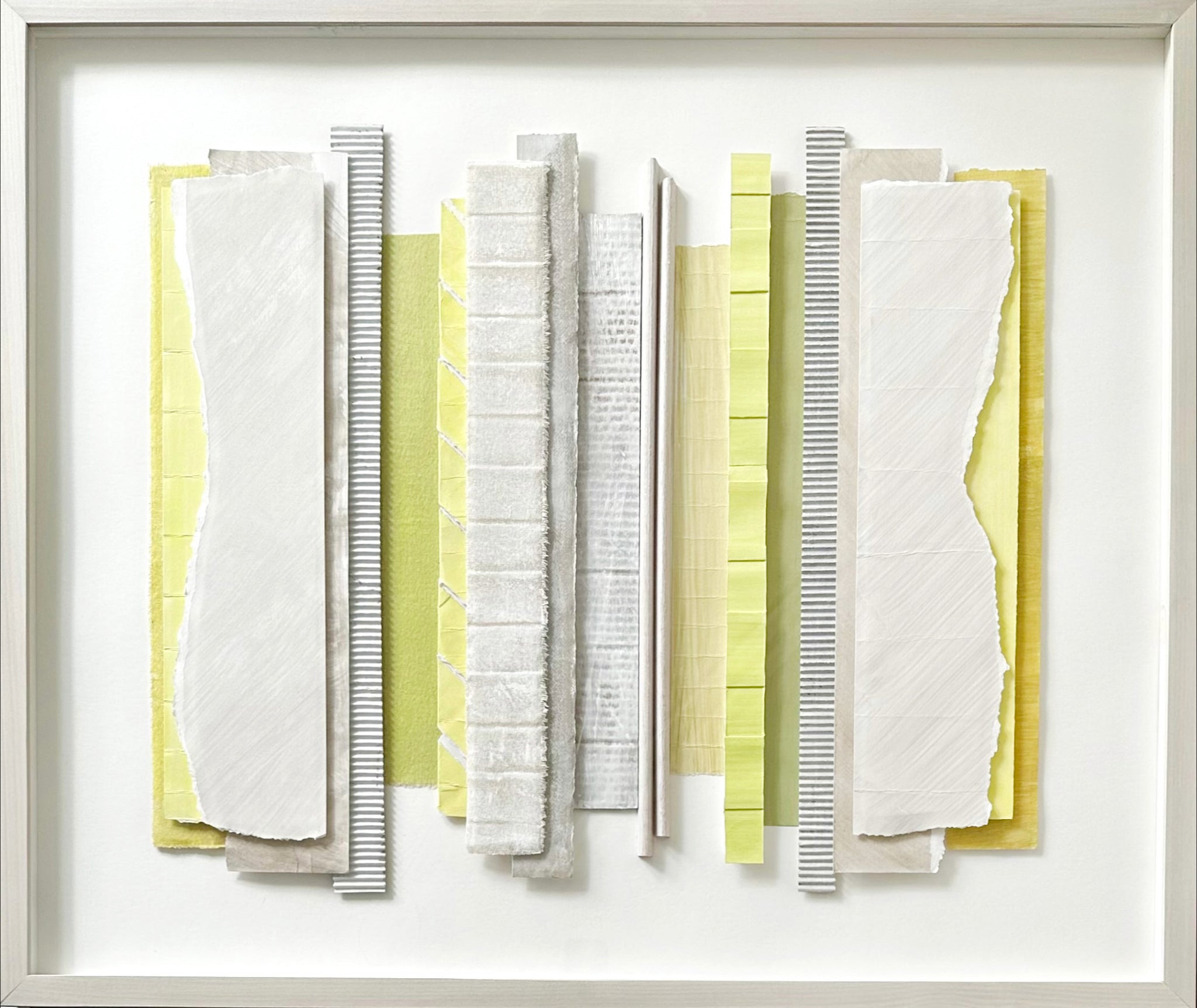The Collectors Guide to Abstract Art
At The Miller Gallery, one of our favorite genres of art is abstract. If you've ever felt like you "don't get it" or "don't know where to start", we've created a guide that introduces you to abstract art, why we love it and what to look for when collecting.
Let's dive on in! 
What is abstract art?
In short, abstract art concentrates on color, shape, form, and line to create a composition that does not represent reality. This informal composition is free from the usual objects and shapes found in the outside world.
 Artwork by Laura Dargan
Artwork by Laura Dargan
History of Abstract Art
The abstract art movement was born at the beginning of the 20th century. It’s hard to pinpoint the exact beginnings, but many attribute it to Wassily Kandinsky’s abstract watercolor in 1910. Before this, fauvism, cubism, and figurative expressionism made up the majority of the art movement. (Artsper)  Kandinsky's first watercolor, circa 1910 | Image courtesy of Art History Project
Kandinsky's first watercolor, circa 1910 | Image courtesy of Art History Project
Many forward-thinking artists created variations of the abstract art movement and the ideas derived from their minds and imagination. Kandinsky was the representative of Lyrical Abstraction, using his interest in music to create vivid compositions. Piet Mondrian paved the way for Geometric Abstract Art and figures such as Jackson Pollock and Willem de Kooning made their marks with Abstract Expressionism in the 1940s.
 Jackson Pollock | Images courtesy of Mowen and Britannica
Jackson Pollock | Images courtesy of Mowen and Britannica
For example, Pollock represents the action of the painter. His vigorous movements created splashes that gradually formed the work. Making his actions and process the subject of the painting. Abstraction paved the way for artistic freedom and enabled artists to create without direct representation. To learn more about the history of abstract art, check out these articles by Artsper and The Artling.
 Artwork by Scot Rittenbaum
Artwork by Scot Rittenbaum
Why we love abstract & why to collect it
Did you know that abstract art is one of the top-selling categories of art worldwide? It has the power to evoke emotions and interpretations, which is why we love it so much! Here are a few things that make abstract art an integral part of the art industry.
1. Open to interpretation: Abstract art isn’t meant to see literal objects or places, but to evoke emotion and feeling based on the colors, shapes, and forms within the piece. That’s the beauty in it. It’s what you see, feel, and connect with.
2. Versatility: Since there is no subject or references, abstract art can be versatile in interpretation and emotion - which makes it so popular to this day.
3. Home Decor: Abstract art is a wonderful way to introduce color and build an atmosphere within your home or workspace. It helps breathe life into a space by influencing the emotions of the viewer and creating an overall energy. We love placing abstracts within the heart of the home to help enhance your overall aesthetic and complement other elements in the space.
 Artwork by Angela Chrusciaki Blehm
Artwork by Angela Chrusciaki Blehm
What to look for in your next abstract piece
1. Technique: Art is very subjective and you don’t need to be an art expert to appreciate abstract art, but there are a few things we look for when collecting. The technique of the artist is a key element. What are they doing that is unique? Look for dimension and layers, skilled brushwork, intentional mark-making, splatters, and movement.

Artwork by Jenan McClain
2. Color: The use of color is an important element in an abstract piece. Are the colors in a dance with each other? Are they complementary? Do they make you feel an emotion?
3. Emotion: Good abstracts will make you feel something. Whether that’s good, bad, happy, joyful, nostalgic. Can you form some sort of meaning behind it? If you feel it, it’s good.

Artwork by Dixie Purvis & AK Hardeman
4. Uniqueness: We love working with artists who have a unique vision and story to tell. Look for unique color combinations, techniques and compositions. Can you feel the artist’s personality in the piece?

Artwork by Holly Graham
Bottom line, collect the art that makes you feel something and that you love. You'll never regret investing in it!
Check out more abstracts from these Miller Gallery artists:
AK Hardeman, Angela Chrusciaki Blehm, Brook Soss, Caleb Fournier, Charlotte Filbert, Christine Bush Roman, Cory Hines, Dixie Purvis, Holly Graham, Jenan McClain, Julia Deckman, Kate Hooray Osmond, Kiah Bellows, Kristin Shearer, Laura Dargan, Michael James Cisarik, Mione Plant, Scot Rittenbaum, and Teresa Roche.
 Artwork by Kate Hooray Osmond
Artwork by Kate Hooray Osmond
